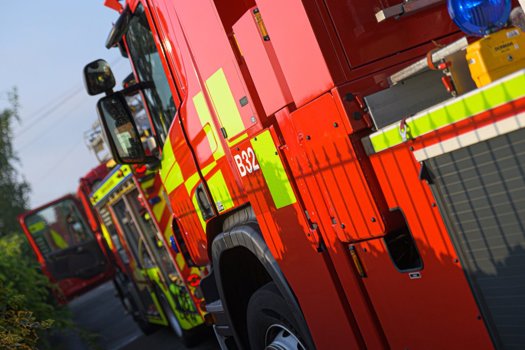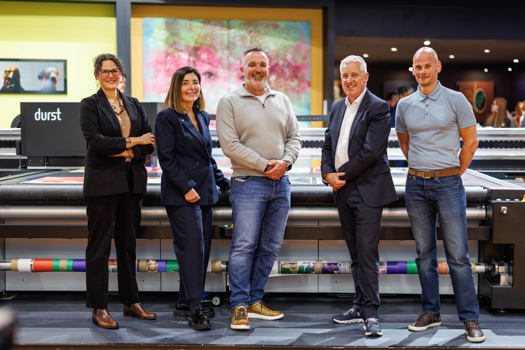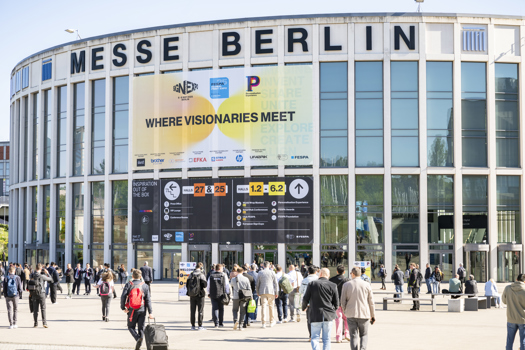The museum would be forced to relocate if Norwich City Council’s planning committee decides tomorrow whether to grant permission to Hill Residential to build 218 homes in the city centre. Jarrold & Sons owns the land and has been working with Hill on the project.
Redevelopment plans, which council officers have recommended councillors to approve tomorrow despite 250 objections, were submitted last year to build the new homes as well as apartments and commercial space at the Whitefriars site on Barrack Street, the former location of the Jarrold Printing business.
While the old printing factory had already been flattened to make way for the redevelopment, the Printing Museum is still located there in what was the engineers’ workshop but would also be demolished under the plans.
It was confirmed in November that the museum would be accommodated as part of the new development but campaigners want it to be left as it is due to fears over it being scaling down.
Paul Nash, chairman of the Printing Historical Society, will present to councillors tomorrow why he believes the museum should be preserved in its current form.
He told PrintWeek: “The [proposed] new museum is very small and it’s a static display – essentially a series of display cases containing printing historical objects and all related to the Jarrold printing firm in Norwich.
“You can understand why they’d want to show that particular aspect of the museum’s stock but it wouldn’t require any staff to keep it going and the great problem is that the vast bulk of the material that’s held by the museum would have to be disposed of.
“That includes some material that relates to Jarrold but also a lot of artefacts, object, type and printing machinery that is of great importance that doesn’t specifically relate to Norwich but is of great international importance in terms of printing heritage.
“The working aspect of the museum would also be lost – at the moment they run workshops and demonstrations for businesses and school children, which is very important.
“The current proposed arrangement says that they would like to continue demonstrations where feasible but it’s clear from the planning that that’s not feasible because there’s no space or provision for doing demonstrations. For that you’d need a table, some working presses, some type, some ink and various other sundries and there is no provision for that in the plan.”
Nash added he will ask the planning committee to reject the application on the grounds that it does not satisfy the requirements of the council’s planning policy C17B, which recognises a responsibility to preserve the museum and to make its holdings accessible to the public.
“They may say they are doing that by accepting this proposal, but I suggest they are not – it’s a very small part of their responsibility,” he said.
“Ideally the museum would be preserved as it is. There’s no reason why that building has to be redeveloped at all. It’s not in bad condition and it’s perfectly suitable for the museum. It’s just that the developers and the Jarrold family want to knock that building down and build something more fiscally advantageous on that site.”
He added: “If that can’t happen then what I suppose would be a reasonable proposal from the developers would be to have a space within the commercial development that is of approximately the same size of the current museum, is dedicated to the museum, can hold all of its current holdings, and so that these demonstrations could continue using the volunteers that currently work for the museum.”
The John Jarrold Printing Museum opened in 1982 and has moved before within the Jarrold facilities. It is staffed by volunteers and opens on Wednesday mornings. It has an archive and extensive collection of equipment ranging from hand composing to phototypesetting, and from letterpress to litho and binding, much of it donated by other printing companies.
The collection includes what is thought to be the only surviving example of a Ratcliff direct lithographic press, dating from 1927 and donated by Curwen Studios in London.










